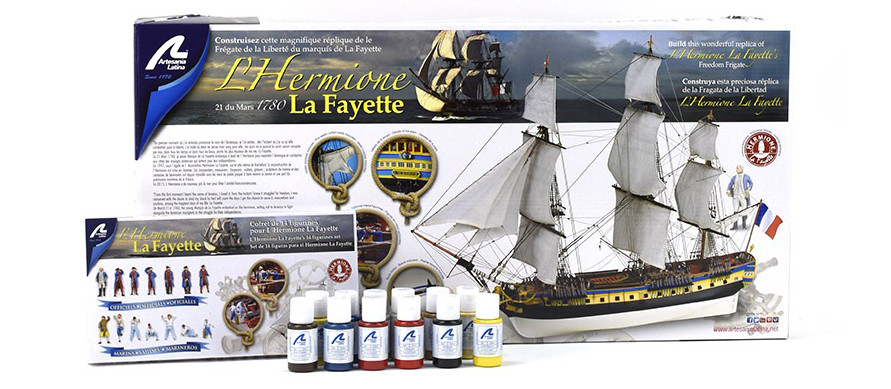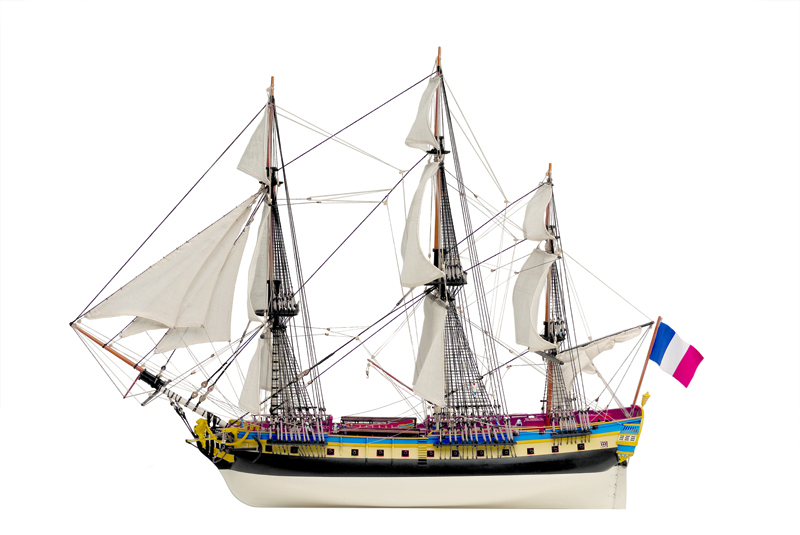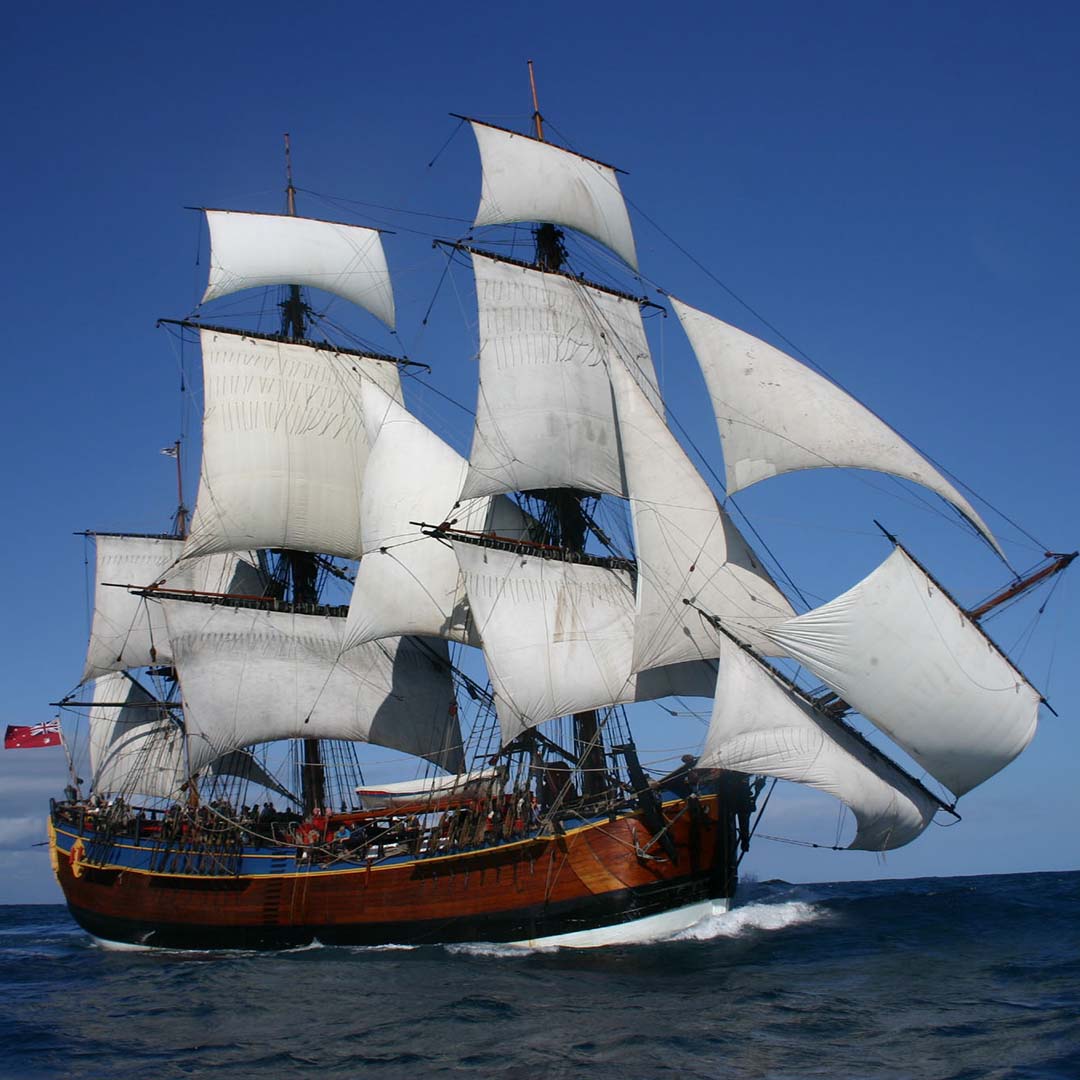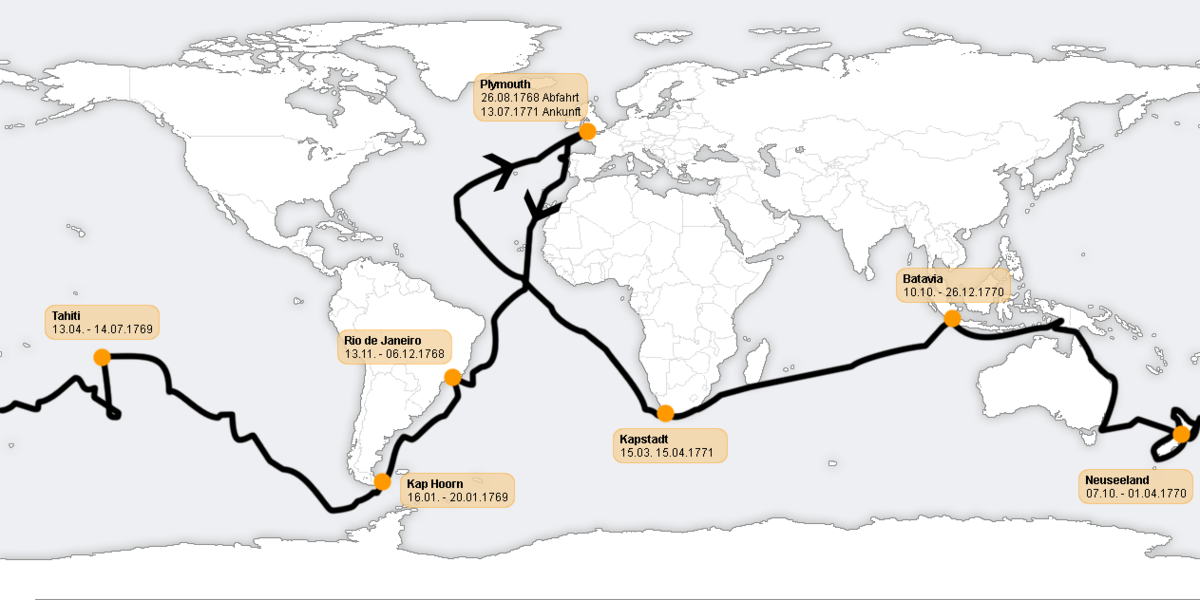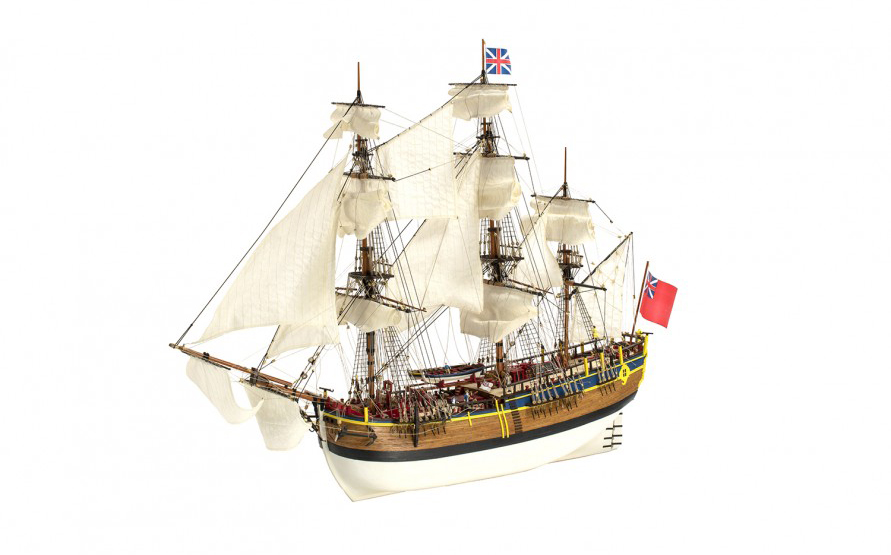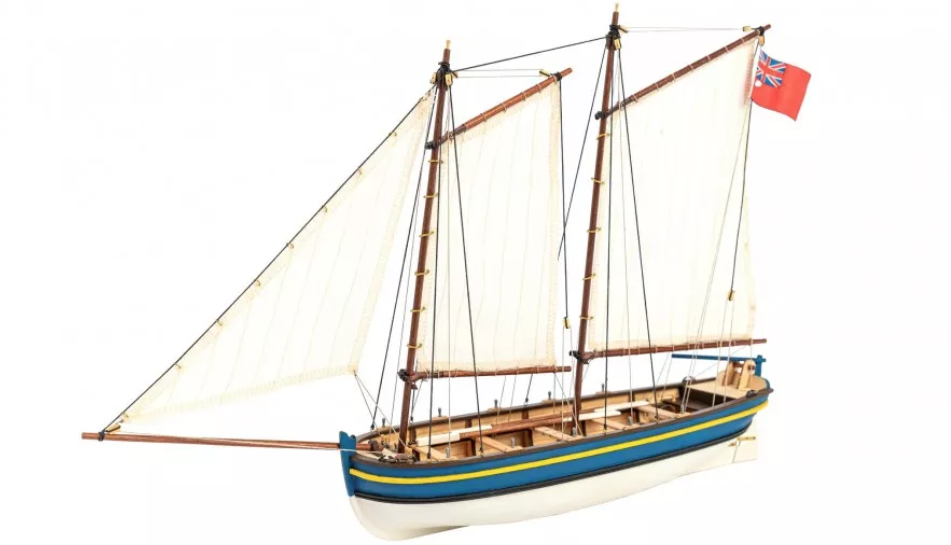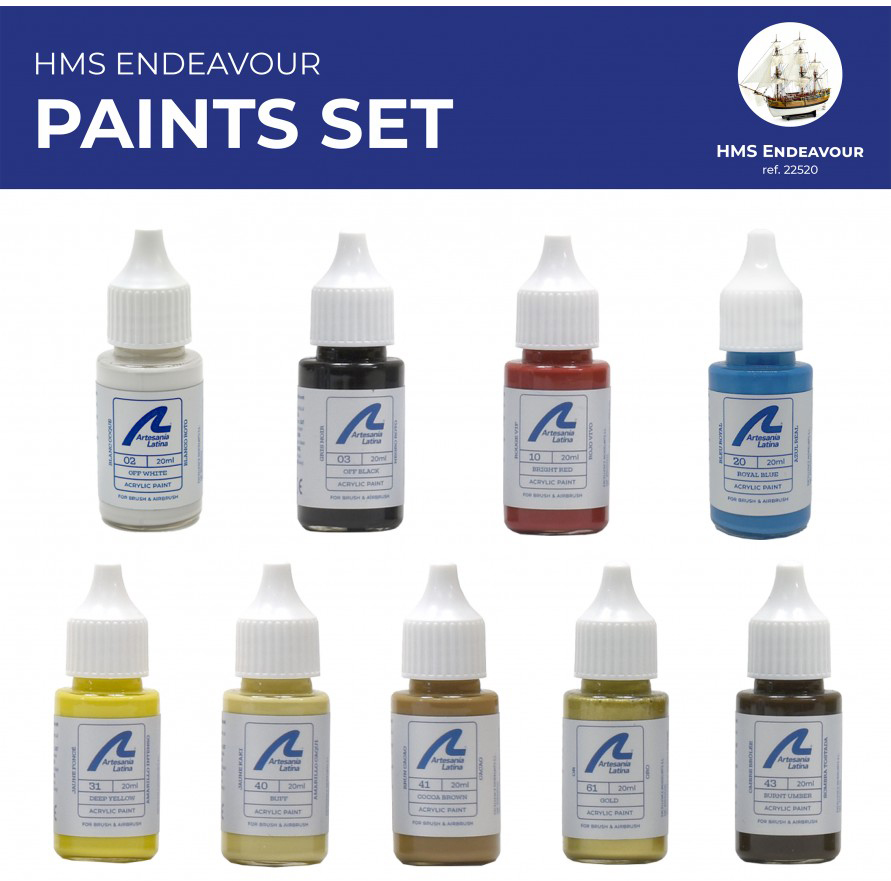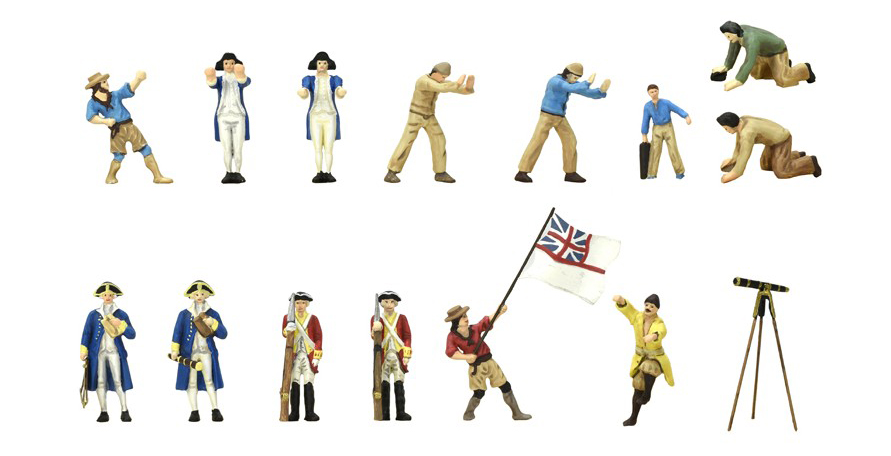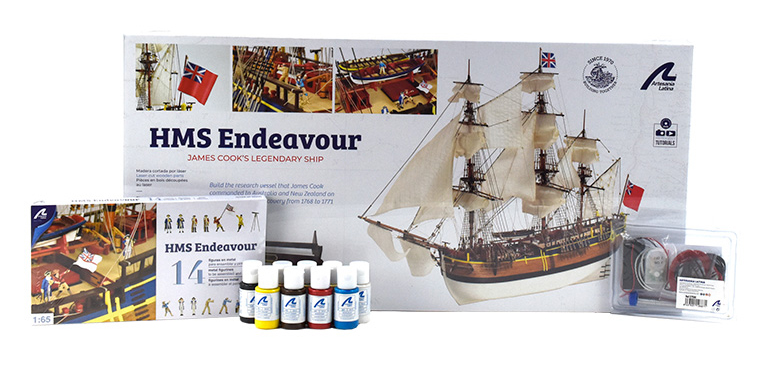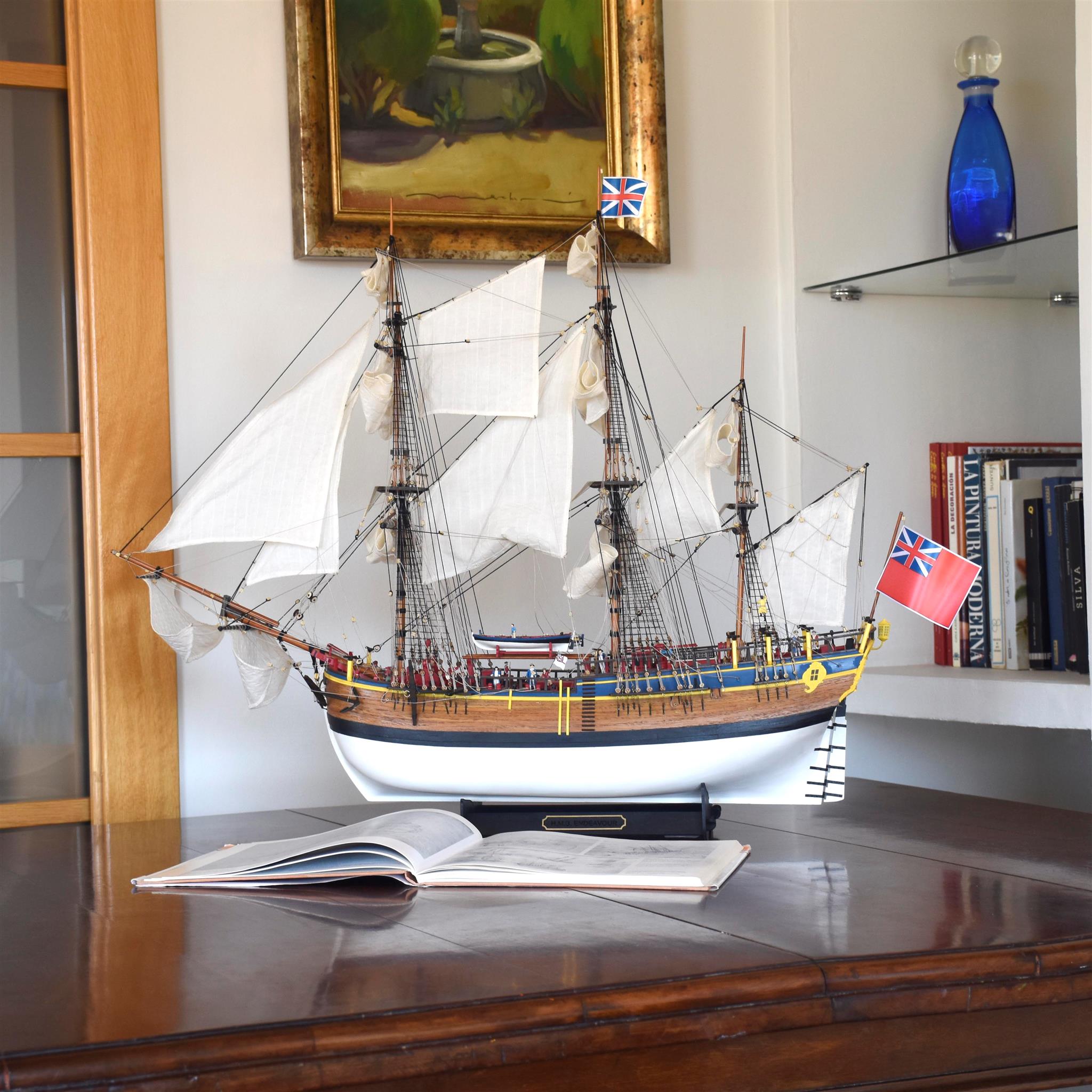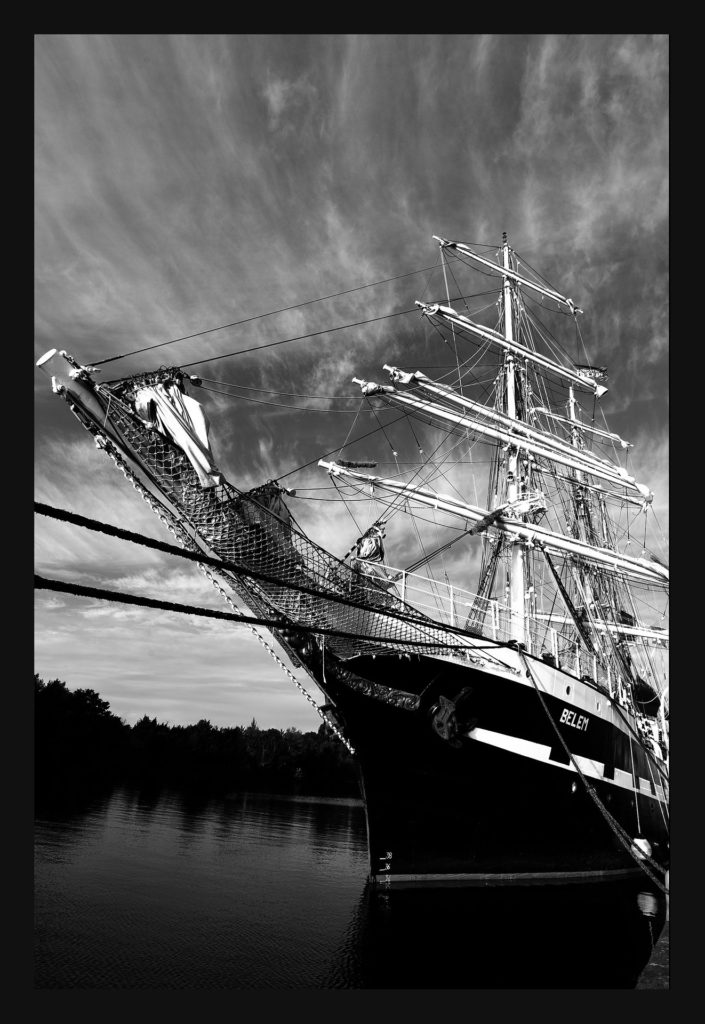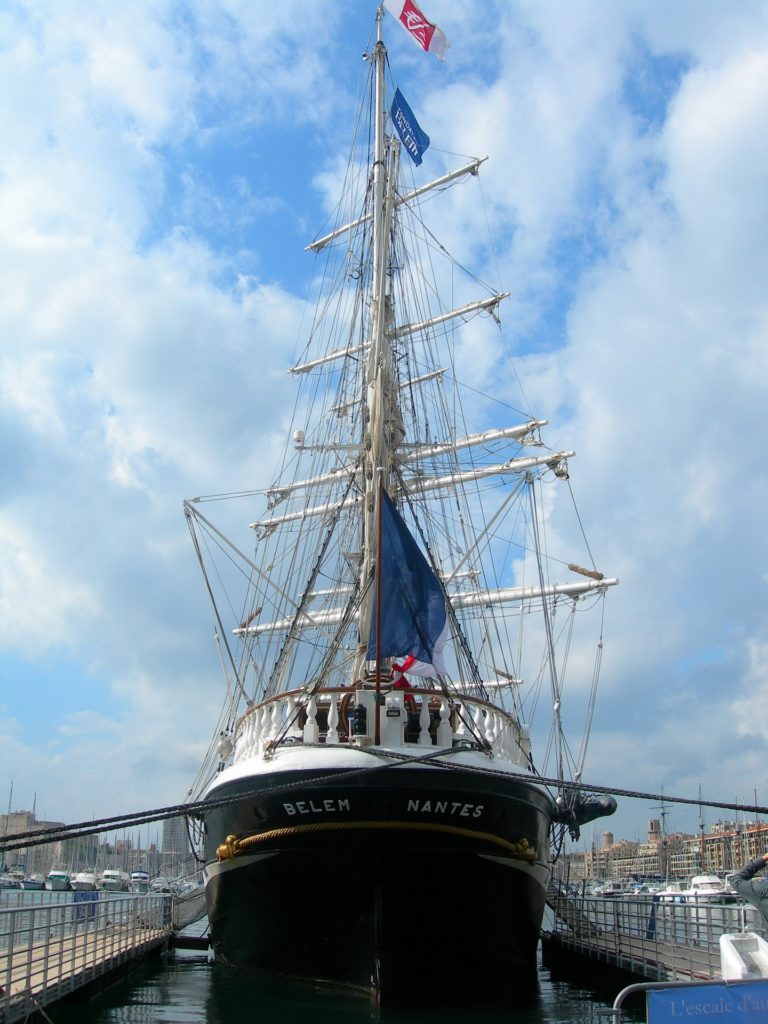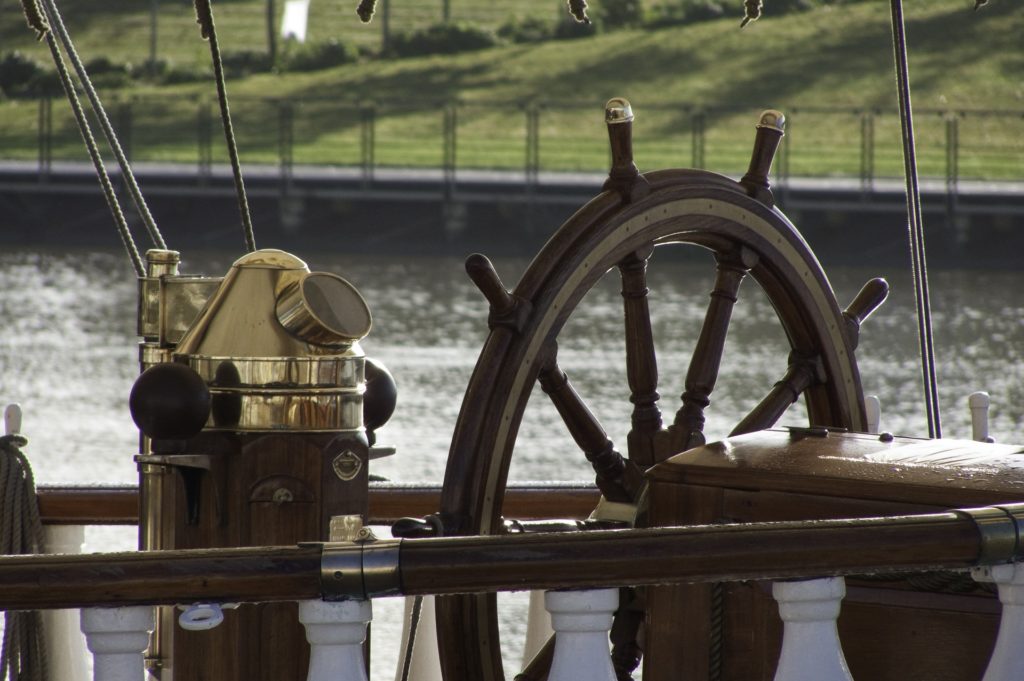After the help it provided in the United States War of Independence, we continue telling the memoirs of the frigate Hermione La Fayette on this post. Specifically, we will talk about its latest missions, its rediscovery at the bottom of the sea and its reconstruction with a replica that exists today. Given the great historical relevance of this large French sailboat, the modelers of Artesanía Latina created a faithful wooden model at 1:89 scale (22517-N). Which, by the way, is now also presented at Gift Pack (22517-L) with the model, its specific paints and its figurines. All in 1 at a cheaper price than if the products are purchased separately!
Seven months after its return to France – where it underwent various repairs – it was entrusted with new campaigns. In September 1782, the frigate’s destination ocean will no longer be the Atlantic, but the Indian Ocean. The coasts of India and the Bay of Bengal await the Hermione and its new commander, Lieutenant Du Pérou. Aim? Support the fleet of Admiral Suffren, who fights on a secondary front of the American War. L’Hermione arrives at Île de France on April 18 and joins Suffren on July 14, 1783, a few days after its important victory at Gondelour. Peace was signed in 1783 and L’Hermione returned to Rochefort in February 1784, after several stops on the île de France and Île Bourbon in October 1783.
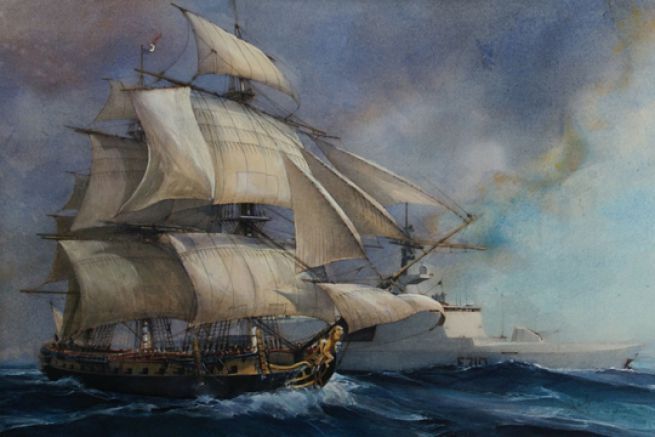
For seven years, from 1784 to 1791, the memoirs of the frigate Hermione La Fayette remain stationary in Rochefort. Its hull is very damaged and requires a very deep and long repair. Her hull and rigging are also not in optimal condition. That is why, since 1789, around 450 repairs have been carried out so that it can sail again.
MEMOIRS OF FRIGATE HERMIONE LA FAYETTE: WRECK AND LOCATION
Times of revolutionary France back in 1793. On the one hand, the country goes to war against the English in February. On the other hand, Vandean revolts occur in the west of the Gallic nation. In these turbulent times, the memoirs of the frigate Hermione La Fayette are written again with Captain Pierre Martin. This is because the French ship is heading to monitor and control the Vendeans and English at the mouth of the Loire River. They must be prevented from landing on the coast and from entering the town of Sables-d’Olonne and Nantes.
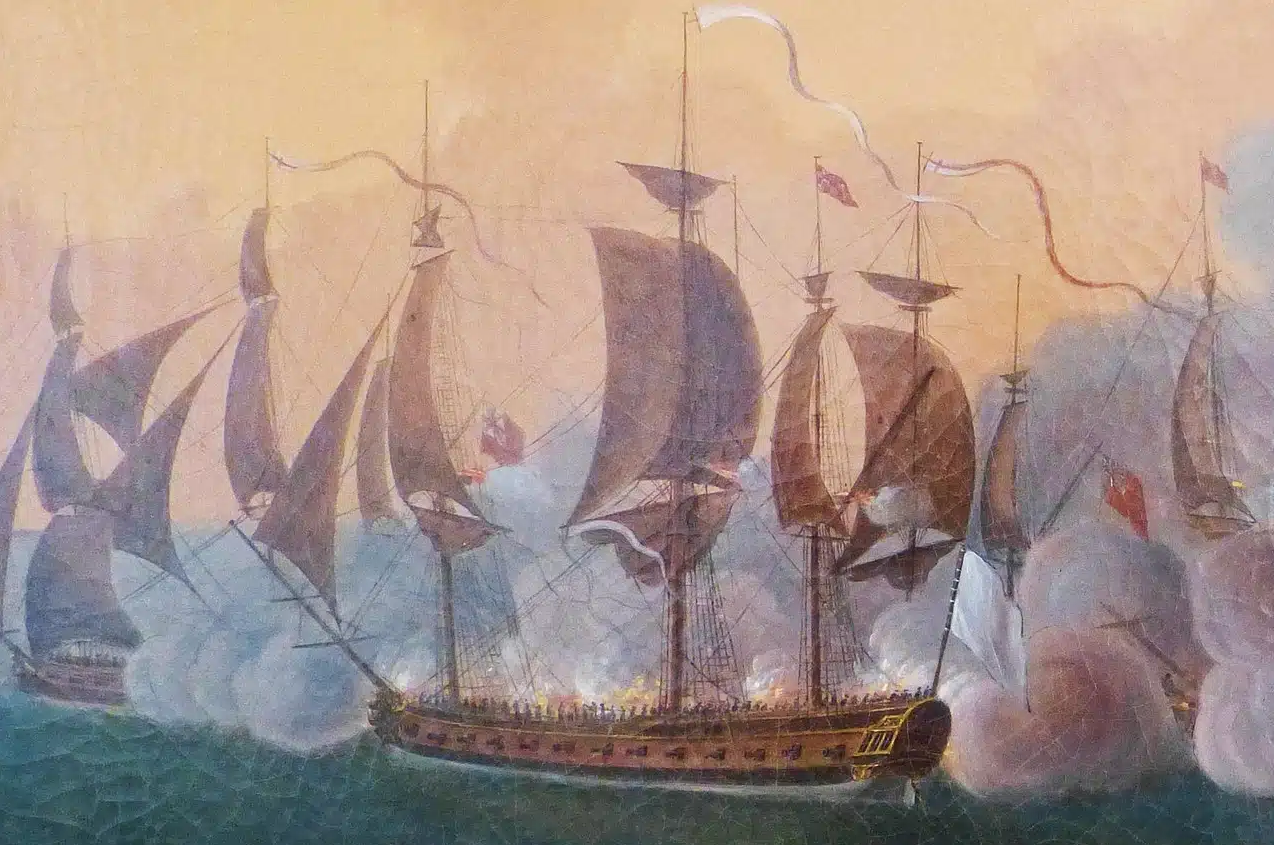
Its last mission arrives in September of that same year, which leads it to its shipwreck. Hermione only has to escort a convoy of twelve ships with a cargo of sixty-five guns from Indret between the Loire estuary and Brest. The inexperience of the crew is such that the frigate runs aground in the shallow waters of Le Croisic (Plateau du Four) breaking the hull to starboard.
The jewel of French naval history remains for almost two centuries at the bottom of the sea. It was not until July 22, 1984 when a diver, Michel Vasquez, discovered parts of the wreck. With great care, they manage to float some of the remains, thus beginning to bring the frigate Hermione La Fayette back to life. Among others, the anchor, a piece of the rudder and three cannons. The last searches with geolocator end in 2005.
RECONSTRUCTION OF THE FRIGATE: HERMIONE LA FAYETTE ASSOCIATION
The memoirs of the frigate Hermione La Fayette must be brought back to reality. For this reason, the Hermione La Fayette Association – whose official license our models hold – decides to create a replica of the French ship. In 1997, its reconstruction began at the Rochefort arsenal. Seventeen years later, on September 7th, 2014, the magnificent replica of L’Hermione was launched.
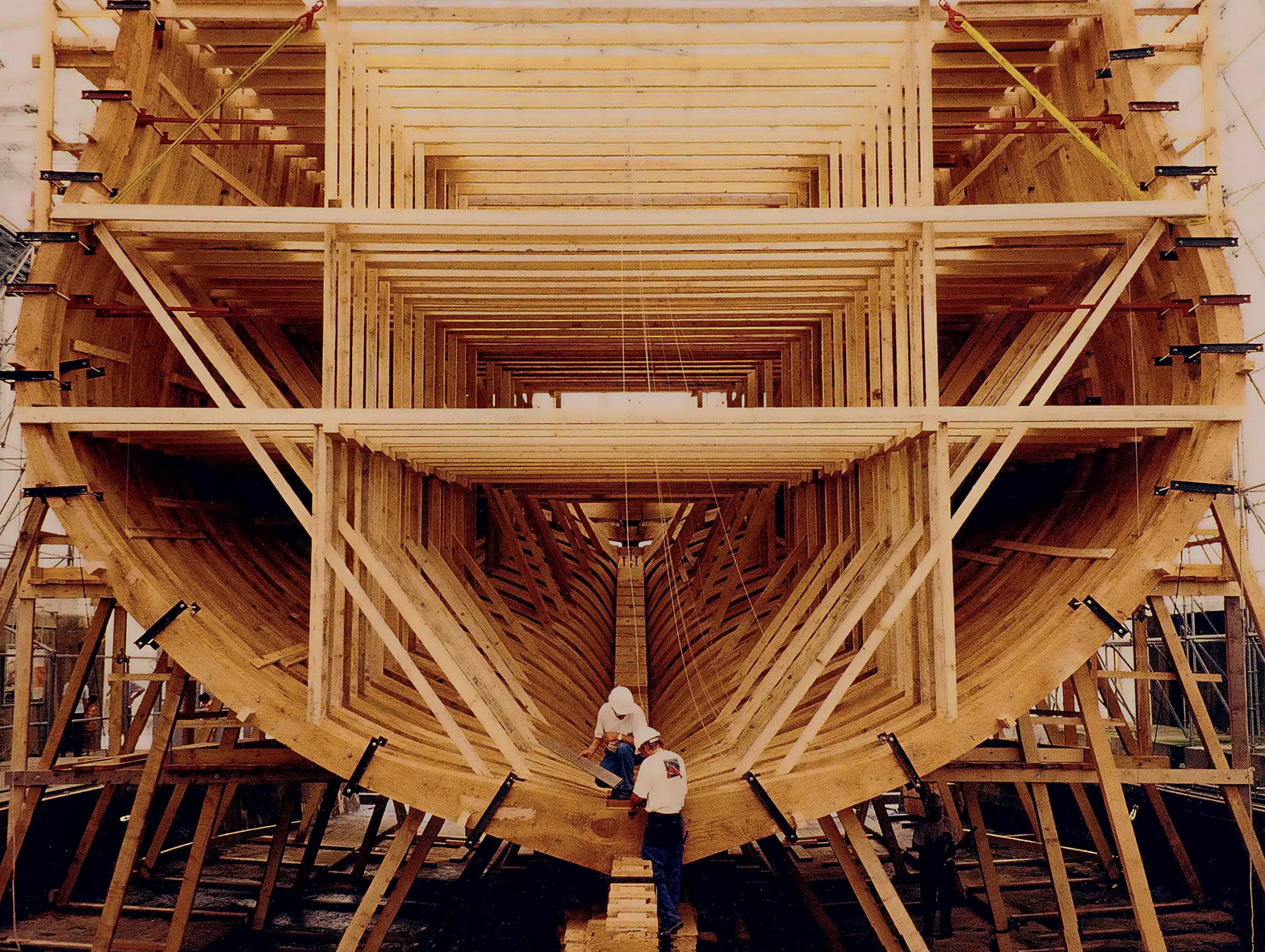
Shipyard is located in one of the two dry docks located at one end of the Corderie Royale, on the banks of the Charente River, in Rochefort. The place was designed and conditioned so that it could be visited.
The first and fundamental premise is that the replica is as faithful as possible to the original. That is, a three-masted ship with more than sixty-five meters in length, twelve hundred square meters of sails and a hull made entirely of oak wood. Without original plans, they take as reference those of Concorde, its twin frigate. On this, they are making the required changes with two goals: its adaptation to current regulations and its comfort for the crew.
These are some of the characteristics of the replica: mainmast fifty-four meters above the keel, made with two thousand oak trees, more than four hundred thousand pieces of metal and wood, one thousand pulleys, twenty-six cannons 12 pounds on the battery deck and eight 6s on the main deck.
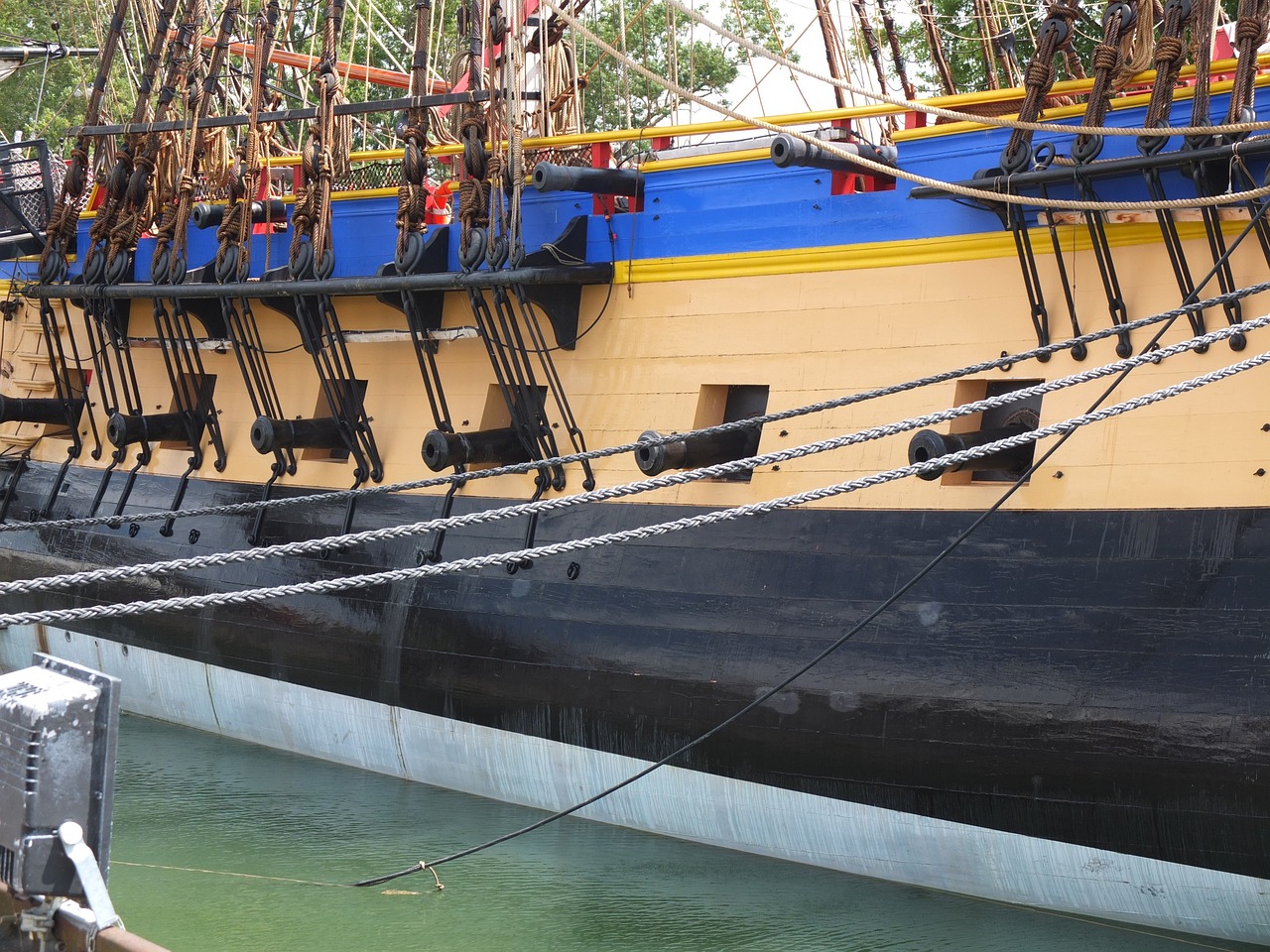
For the rigging of 18th century ship, around 200 sailors were needed. However, the replica is only 80, which shows that it now has numerous technological improvements. The original frigate was built in just half a year, while the launch of the replica was in the 21st century, it takes six years until 2014.
HERMIONE LA FAYETTE: MODELS FOR THE DELIGHT OF MODELERS
Once its complete history is known, we encourage naval modelers to build our Hermione La Fayette model for advanced level (22517-N) if you have expertise skills or our Easy Kit model for beginners (17000).


